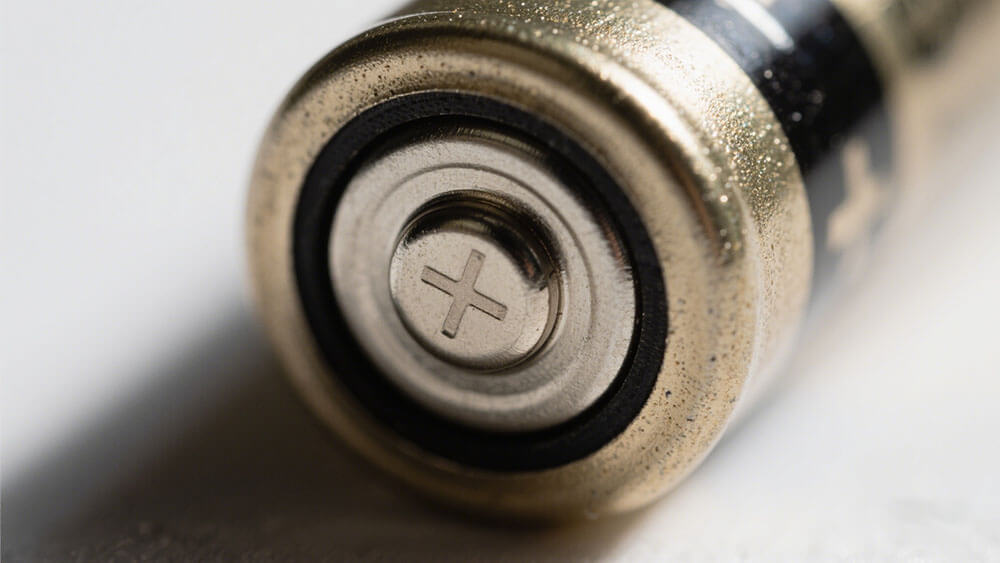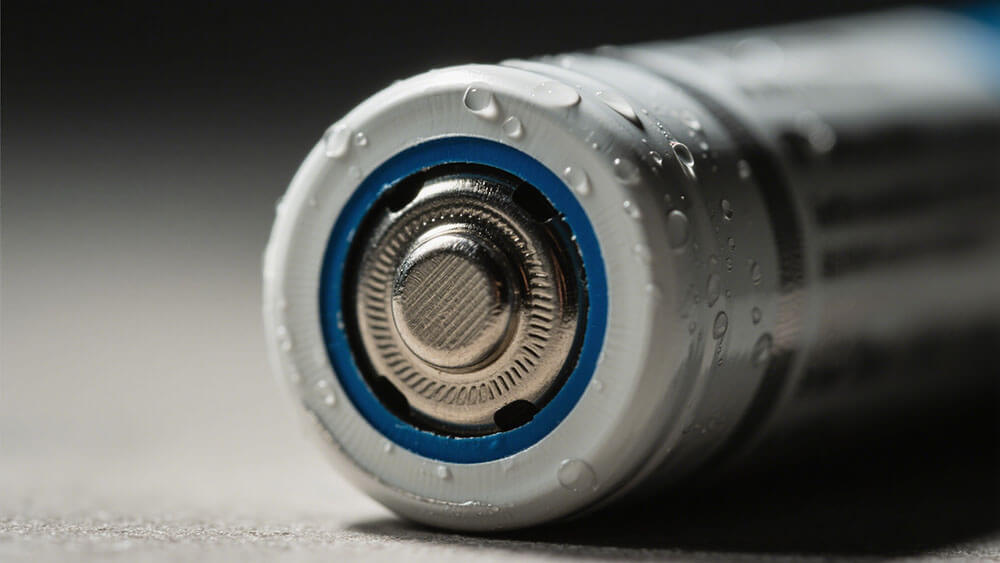Contents

Lithium-ion batteries power portable ultrasound with unmatched efficiency. You rely on their high energy density to ensure consistent imaging performance. These batteries maintain the integrity of medical equipment by delivering reliable energy output. Lithium’s lightweight nature enhances portability, while its compliance with medical standards ensures patient safety. Choosing the right handheld ultrasound lithium battery secures optimal functionality and durability for clinical applications.
Key Takeaways
Pick lithium batteries with 2000mAh to 5000mAh capacity for best use in handheld ultrasound.
Check the voltage to keep steady power, which helps create clear medical images.
Keep an eye on battery health to avoid changes that might affect image quality and correct diagnoses.
Part 1: Battery Capacity and Voltage

1.1 Typical capacity ranges for handheld ultrasound lithium battery
When selecting a handheld ultrasound lithium battery, capacity plays a critical role in determining operational efficiency. Most lithium-ion batteries used in these devices offer capacities ranging from 2000mAh to 5000mAh. This range ensures that the device can operate for extended periods without frequent recharging. Higher capacity batteries are particularly beneficial in busy clinical settings where uninterrupted performance is essential. You should always consider the specific energy demands of your ultrasound device to choose a battery that aligns with its requirements.
1.2 Voltage requirements and their impact on device performance
Voltage is another crucial specification that directly affects the performance of portable handheld ultrasound. These devices rely on high-voltage components to transmit and receive signals effectively. For instance:
High-voltage switches in these systems manage voltage swings up to 200VP-P.
They also handle peak currents of up to 2A.
These specifications are vital for optimizing the active transducer aperture, which enhances image frame rates and overall imaging quality. Consistent voltage ensures that the device maintains its mechanical integrity and delivers accurate diagnostic results. When evaluating a lithium battery, you must ensure it meets the voltage requirements of your ultrasound device to avoid performance issues.
1.3 Importance of consistent power output for medical imaging
Consistent power output is essential for maintaining the integrity of medical imaging. Fluctuations in power can compromise the quality of ultrasound images, making it difficult to diagnose patients accurately. Lithium-ion batteries are known for their stable energy density, which ensures a steady power supply throughout the device’s operation. This stability is particularly important in medical environments where precision and reliability are non-negotiable. By monitoring the battery’s performance regularly, you can ensure that your device continues to function optimally, providing clear and accurate imaging results.
Part 2: Lifespan and Durability

2.1 Expected lifespan and charge cycles of lithium-ion batteries
The lifespan of lithium-ion batteries depends on their charge cycles and depth of discharge (DoD). A charge cycle refers to one complete discharge and recharge process. In clinical applications, the depth of discharge significantly impacts the number of cycles a battery can endure.
Reducing the depth of discharge can extend the lifespan of your b ultrasound device lithium battery. For instance, every 0.10V drop below 4.20V per cell doubles the cycle life, though it slightly reduces capacity. By monitoring charge levels and avoiding full discharges, you can maximize battery longevity.
2.2 Durability under frequent use in clinical environments
Lithium-ion batteries are designed to withstand the rigorous demands of clinical environments. These settings often require frequent charging and discharging, which can strain the battery. However, lithium’s high energy density and robust design ensure durability even under heavy usage. Maintaining the mechanical integrity of the battery is crucial for consistent performance. Regular monitoring of charge cycles and avoiding overcharging can help prevent safety issues and extend the battery’s operational life.
2.3 Factors affecting battery longevity in medical applications
Several factors influence the longevity of lithium batteries in medical devices. Key considerations include:
Cycling Protocols: Frequent and irregular charge-discharge cycles can accelerate battery degradation.
Ambient Temperatures: Extreme temperatures can compromise the battery’s integrity and reduce its lifespan.
Electrode Materials: The choice of materials affects the battery’s electrochemical performance and durability.
Cycle Life: The number of cycles a battery can complete before its capacity drops to 80% of its original value.
By addressing these factors, you can ensure the safety and reliability of lithium-ion batteries in medical applications. For instance, research shows that maintaining a 50% state of charge (SOC) can increase battery life by up to 130%. Proper storage and usage practices are essential for preserving the battery’s integrity and avoiding safety issues.

Part 3: Safety Features

3.1 Overcharge and over-discharge protection mechanisms
Lithium-ion batteries in medical devices, such as ultrasound systems, require robust protection mechanisms to prevent overcharging and over-discharging. Overcharging can lead to excessive heat generation, while over-discharging may damage the battery’s internal components, compromising its integrity. To address these risks, manufacturers incorporate advanced safety features like voltage regulators and current limiters. These components ensure the battery operates within safe voltage and current ranges, preserving its mechanical integrity and extending its lifespan.
By integrating these innovations, lithium-ion batteries maintain their low self-discharge rates and ensure reliable performance in critical medical applications. Regular battery monitoring further enhances safety by detecting potential issues early.
3.2 Thermal stability and resistance to overheating
Thermal stability is a cornerstone of lithium battery safety, especially in devices like portable handheld ultrasound. These batteries must withstand the heat generated during charging and discharging without compromising their performance. Advanced thermal management systems, such as heat-resistant separators and thermal cut-off switches, play a vital role in preventing thermal runaway. These features ensure that the battery remains stable even under heavy usage, safeguarding both the device and the patient.
Lithium’s inherent properties contribute to its thermal stability. Its high energy density allows for efficient energy storage without excessive heat generation. Additionally, modern lithium-ion batteries use materials like lithium iron phosphate (LiFePO4), which offer superior thermal resistance compared to traditional chemistries. This makes them ideal for medical environments where reliability and safety are paramount.
3.3 Compliance with medical safety certifications and standards
Lithium-ion batteries used in medical devices must comply with stringent safety certifications and standards. These regulations ensure that the batteries meet the highest levels of safety, reliability, and performance. Certifications like UL 2054 and IEC 62133 focus on aspects such as overcharge protection, thermal stability, and mechanical integrity. Compliance with these standards is not optional; it is a critical requirement for any battery used in healthcare settings.
You should always verify that the lithium battery in your handheld ultrasound meets these certifications. This guarantees that the battery has undergone rigorous testing for safety and performance. It also ensures that the device adheres to healthcare industry standards, providing peace of mind for both clinicians and patients.
Lithium-ion batteries in handheld ultrasound must meet precise technical standards to ensure reliable operation. You should prioritize these specifications:
Capacity and Voltage: Stable power output prevents imaging errors.
Safety Features: Overcharge protection and thermal stability reduce risks.
Performance Indicators: Advanced ultrasonic transducers detect early signs of battery failure, ensuring durability.
Selecting the right battery enhances device performance and aligns with healthcare standards.
FAQ
1. What is the typical lifespan of a handheld ultrasound lithium battery?
A lithium battery typically lasts 2-5 years, depending on usage, charge cycles, and maintenance practices. Proper care can extend its lifespan significantly.
2. How can you ensure the safety of lithium batteries in medical devices?
You can ensure safety by using batteries with overcharge protection, thermal stability, and compliance with certifications like UL 2054 and IEC 62133.
3. Why is voltage consistency important for handheld ultrasound devices?
Voltage consistency ensures stable power output, which is critical for producing accurate and reliable medical imaging results during diagnostic procedures.
Tip: For professional guidance on lithium battery, visit Large Power.





